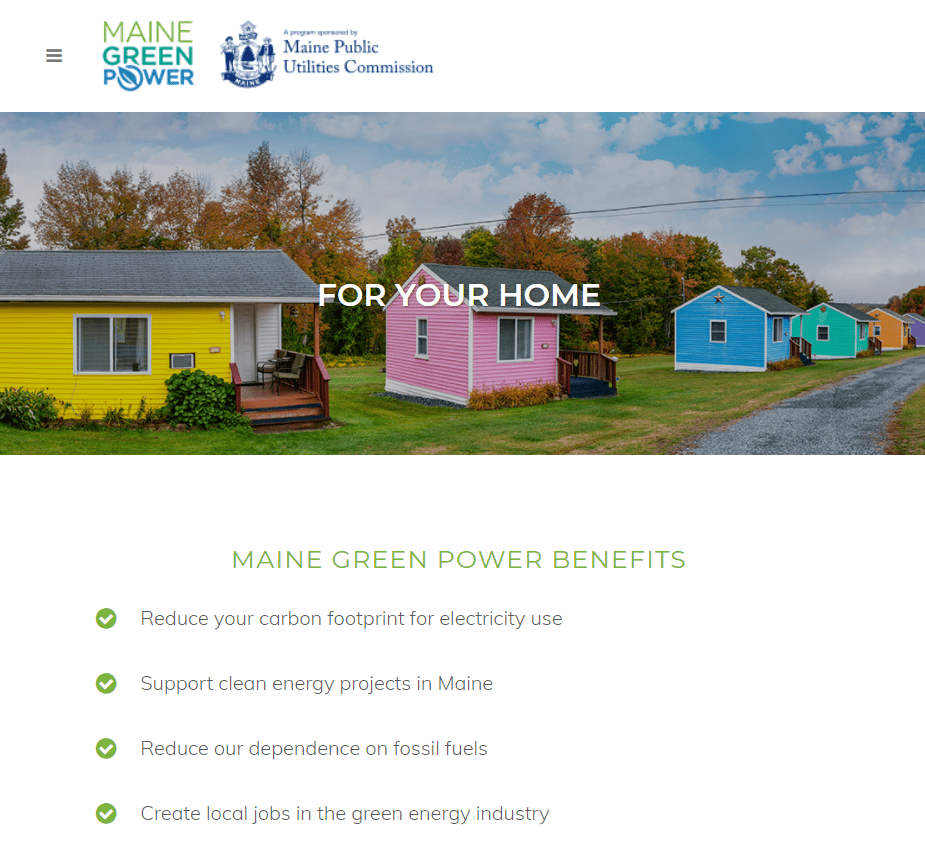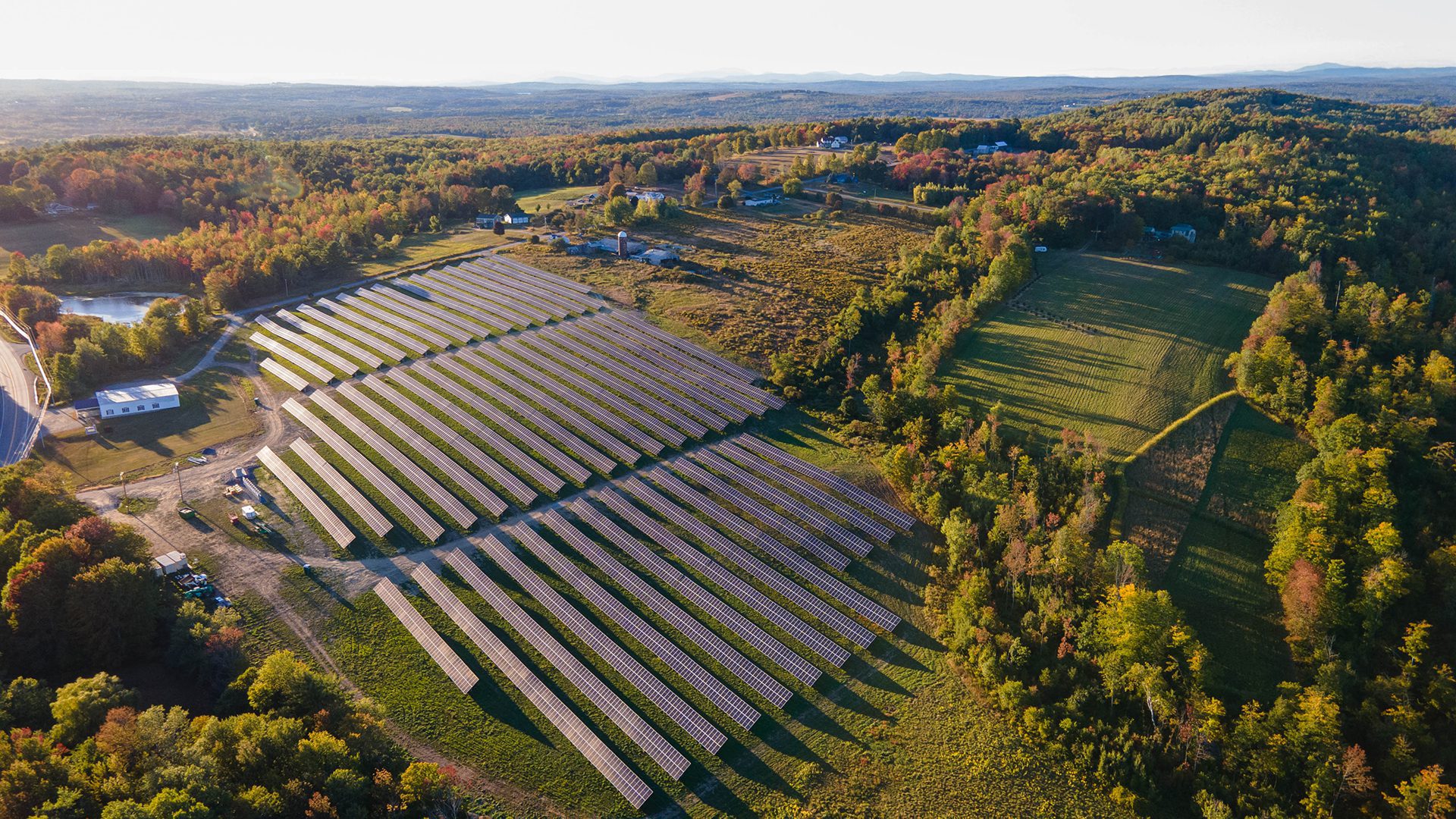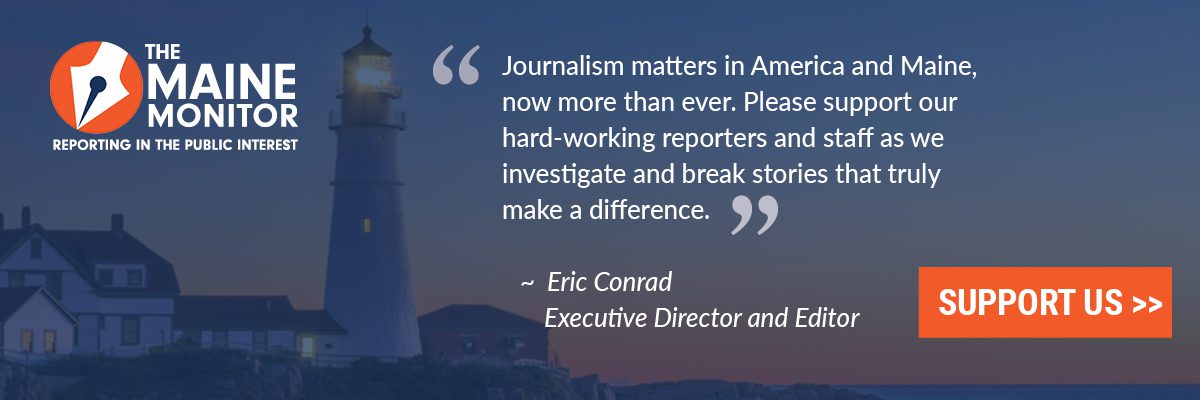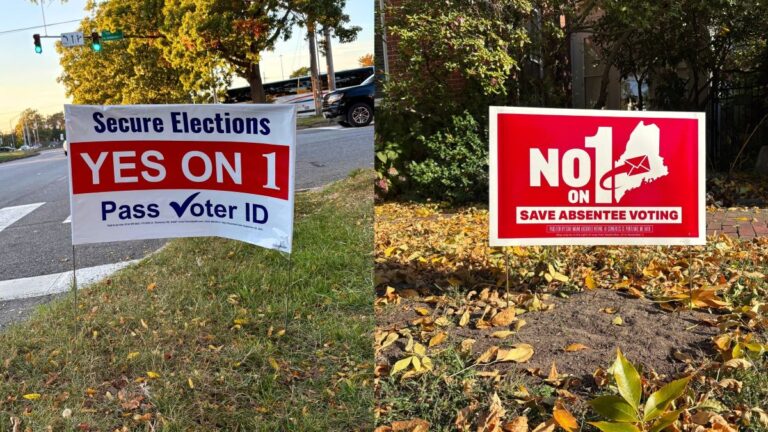“Sign up to stop climate change,” the mailer read: “Save the world with renewable energy.” Even simplistic sales pitches can draw in electricity consumers. Purchasing green power to accelerate the transition off fossil fuels is a worthy aspiration many people share.
Maine is fast becoming a hub for clean energy, but its marketing remains muddy. Consumers are confused by new offerings and justifiably wary.
Fossil fuel companies have spent billions of dollars lying to the American public about global warming, causing irreparable harm. Maine’s dominant electric utility, Central Maine Power, has through deception and ineptitude lost public trust. Year after year, it is the nation’s lowest-ranked utility on consumer satisfaction surveys.
Marketing of renewable power, therefore, should be squeaky clean, offering the transparency and accountability that is all too rare in the energy sector. The state must do more to stop misleading claims — including its own.
The currency of renewable power
To see how consumers can be misled, it helps to understand a few basics about this marketplace. Renewable Energy Certificates (RECs) serve as its currency, giving financial credit (using a tiered system unique to each state) to generators for the environmental attributes of solar, wind, hydropower and sometimes — although its inclusion strains credulity — biomass.
Electricity providers buy and retire RECs to meet the state’s Renewable Portfolio Standard (RPS), which drives the transition off fossil fuels by mandating and incrementally raising the percentage of renewable electricity sold.
Utilities like CMP and Versant do not produce electricity; they simply deliver power supplied by electricity providers. To meet Maine’s RPS mandate, providers are currently required to buy and retire sufficient RECs to cover 48.8% of a customer’s electricity use. Anyone marketing “100 percent renewable power” must buy and retire enough RECs to cover all of a customer’s electricity use.
The National Renewable Energy Laboratory recently confirmed that the “greatest avoided CO2 benefit” in the Northeast will come from wind and solar photovoltaics.
To advance that goal of reducing greenhouse gas emissions, consumers buying Maine RECs should look for Class IA RECs, which are awarded primarily to new wind and solar installations. Since Maine’s RPS gradually raises the required percentage of these RECs, their retirement increases demand, which in turn prompts construction of more solar and wind installations.
Shades of renewable
Numerous electricity suppliers offer consumers options for “100% renewable power,” a claim also made by the Maine Public Utility Commission’s Green Power Program. The PUC assures consumers that enrolling will help “reduce our dependence on fossil fuels” because “every kilowatt hour matched with renewable energy makes a difference.”

The PUC fails to note that the type of renewable power makes all the difference.
Roughly 95% of the RECs its Green Power Program bought and retired in 2020 came from hydropower dams that have been operating since the 1980s. While technically generating renewable power, aging hydropower plants offer dubious climate benefits and do not hasten our transition off fossil fuels.
Buying these Class II RECs does virtually nothing to stimulate construction of the new solar and wind facilities Maine needs to markedly reduce its carbon emissions. As of 2020, the program did not buy or retire a single Class IA REC.
The Green Power Program’s roughly 4,500 customers pay on average more than $100 annually to do right by the planet, but they are not getting the game-changing electricity they have a reason to expect.
A recent PUC order renewing the Green Power Program allows fully 44% of customer fees to go to “marketing and education” by the program contractor, a REC broker called 3Degrees. In a telling sales video aimed at utilities, a vice president of 3Degrees suggests that green power offerings are largely about using “robust marketing” to “sell a subscription product” to customers “hungry” to make a difference.
Given the deficiencies in its own Green Power Program, the PUC is in no position to challenge the practices of electricity suppliers who sell unsuspecting consumers “all renewable power” from aging hydropower projects.
Solar farm shell game
Many electricity consumers are subscribing to community solar farms, convinced by crafty marketing pitches that they will receive “solar electricity.” Subscribers may be supporting development of a new solar installation, but they may not be getting “green power” since solar farms are currently allowed to sell all of their RECs to electricity providers.
Dan Burgess, director of the Governor’s Energy Office, said this means their “RECs are almost certainly being sold in NEPOOL (the New England power pool market) to meet their RPS requirements.” Utilities and retail electricity providers around New England, many of them powered by fossil fuels, buy these RECs. Since the same unit of “green” power can’t be double-counted, those buyers get the renewable power rather than the solar subscriber.
Solar farm subscriptions are best viewed as a broad investment in the overall growth of renewables, rather than as a means of getting “solar” power as a consumer. The Federal Trade Commission has written that solar firms selling RECs “should keep in mind that their customers may mistakenly believe the electricity they purchase is renewable” and so companies should “exercise caution and qualify claims about their generation by disclosing that their electricity is not renewable.”
Maine extended some consumer protections to community solar subscribers last year, but stricter marketing guidance and disclosures are clearly needed.
Preliminary fixes
Maine’s Office of the Public Advocate is working to advance a bill in this legislative session that would require community solar projects to comply with the state’s renewable portfolio standard. The draft bill, not yet published, will require approval of the Legislative Council to be heard this session.
The way solar farms work now, we’re “using less renewable energy as a state, not more,” said Andrew Landry, acting public advocate. Maine law requires that retail electricity providers retire sufficient RECs to cover almost half of a customer’s electricity use. When someone signs up with a community solar farm, “the energy actually consumed by that customer goes from 50% clean to zero percent clean.”
Landry wants “clearer disclosures to customers” about where community solar farms are selling RECs and “what that means about the nature of the power” subscribers are getting. He wants to ensure a direct benefit for all consumers, particularly those with low and moderate incomes.
Landry anticipates pushback from out-of-state corporations developing solar farms in Maine because “they want this revenue stream. Whether they need it is another question.”
Restoring trust
The OPA’s proposed bill is a vital and overdue step toward remedying misleading marketing practices. If a higher bar is set for community solar farms, observed Revision Energy cofounder Fortunat Mueller, it’s important to “lift the bar everywhere.”
That means the PUC should stop greenwashing its own program offerings.
Reform of the Green Power Program is an opportunity as well as a moral imperative. By committing to purchase and retire only Class IA RECs from new wind and solar installations, the program could accelerate Maine’s progress cutting greenhouse gas emissions as it simultaneously restores integrity to the marketing of renewable power. (Costs to participants would likely rise, but people would be paying for substantive change, not a green sheen.)
The state could acquire and retire all the Class IA RECs beyond those used to meet the RPS from utility-scale solar procurements and community solar farms. With the State retiring all RECs from community solar farms, subscribers could rest assured that they are not inadvertently supporting continued operation of fossil-fuel-fired plants around New England.
Rather than wasting consumers’ money on hydropower RECs and excessive marketing fees, the state’s Green Power Program should focus exclusively on the purchase and retirement of Class IA RECs. Only then will participants get what they have paid for all along but not yet received – an honest chance to “reduce our reliance on fossil fuels.”








